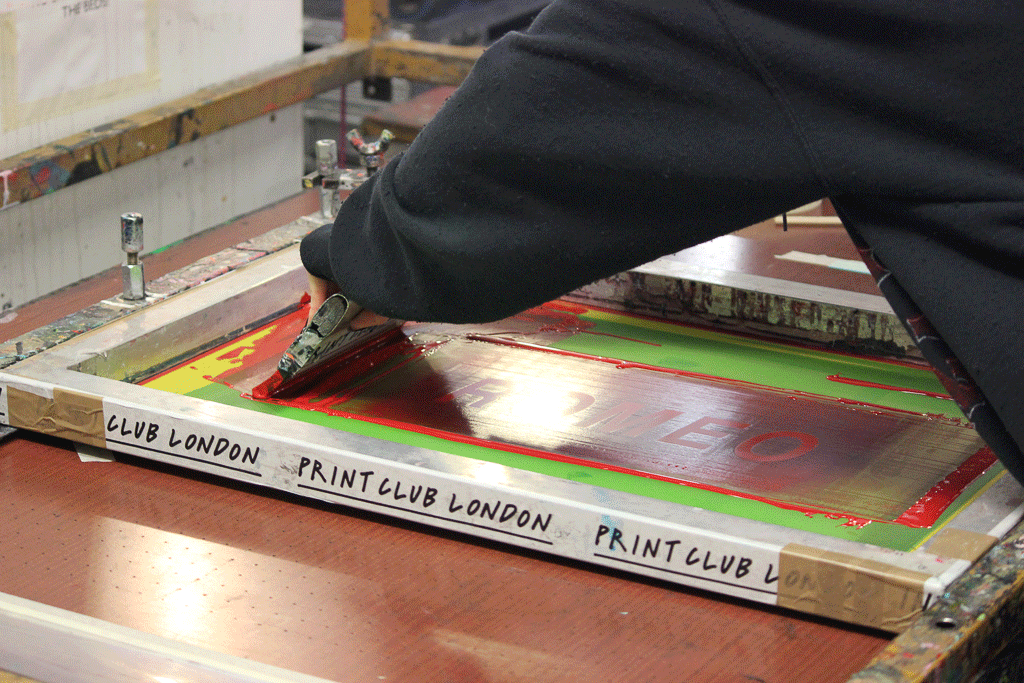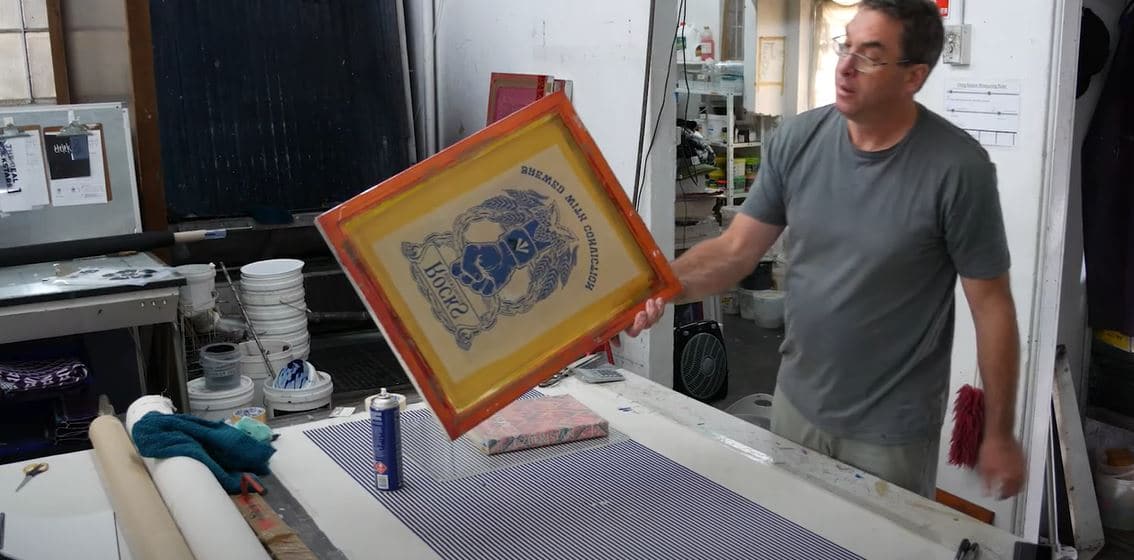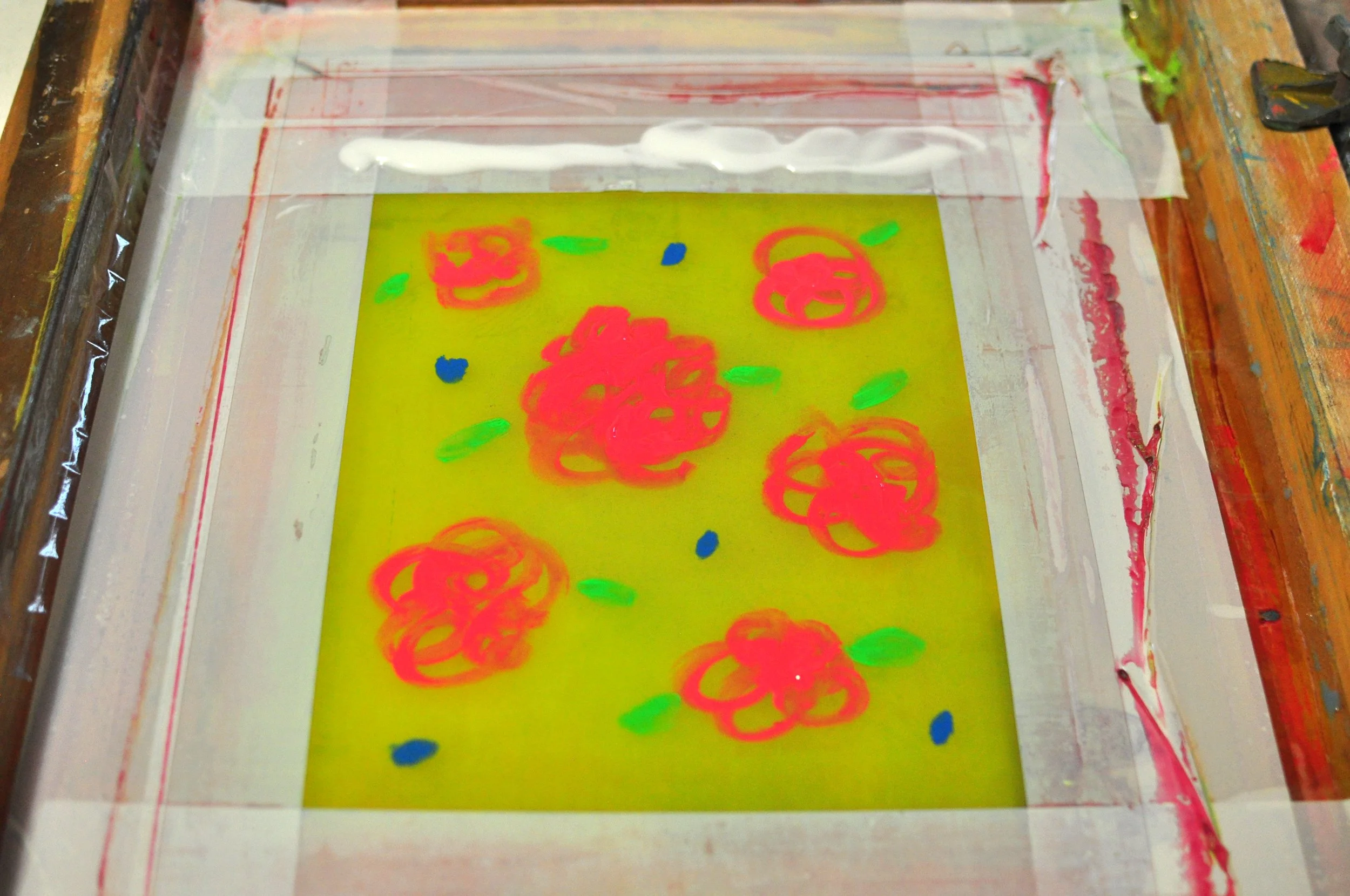ChatGPT said: How 10:9 Design Texas is leading the screen printing industry
The Necessary Overview to Recognizing Screen Printing and Its Versatile Uses
Screen printing has an abundant background that dates back to ancient times, evolving right into a sophisticated strategy utilized throughout different sectors today. This guide discovers the ins and outs of the screen printing procedure, detailing its applications in fashion, home, and advertising and marketing style - 10:9 Design Company. Recognizing these fundamentals can open innovative potential for both business and creative tasks. The complying with areas will reveal crucial suggestions and strategies to enhance one's screen printing undertakings
The History of Screen Printing
Although screen printing has origins that trace back centuries, its development reflects the technical and imaginative advancements of numerous societies. Originating in old China, the method was at first used for enhancing fabrics and later spread to Japan, where it became integral to Ukiyo-e woodblock printing. The approach moved to Europe in the 18th century, where it gained appeal among craftsmens and industrial printers. The creation of photo solution in the 20th century reinvented screen printing, enabling for even more complex styles and better performance. Artists like Andy Warhol better thrust its popularity, using the tool to create legendary works that blended commercialism and art. By the late 20th century, screen printing had actually established itself as a versatile strategy, utilized in vogue, advertising, and art. Today, it remains to develop, integrating electronic technology and increasing its applications throughout different industries.
The Screen Printing Refine Explained
Screen printing transforms artistic visions right into concrete layouts through a collection of exact actions. A photo is created and then transferred onto a screen, typically made of fine mesh material extended over a structure. A light-sensitive emulsion is put on the screen, which is subjected to light, setting in locations not covered by the image. After rinsing the unhardened solution, a pattern is created.
Next, the screen is placed over the substrate, whether it be textile, paper, or another product. Ink is then pushed with the open areas of the stencil utilizing a squeegee, transferring the layout onto the substratum below. This procedure can be repeated for numerous shades, calling for separate screens for each shade. The printed item is cured making use of warmth to assure the ink sticks appropriately, resulting in a long lasting, lively style prepared for use.
Types of Screen Printing Techniques

Furthermore, specialized techniques, such as discharge screen printing, remove color from the textile to create softer prints, while foil screen printing uses metal foil to attain a shiny surface (10:9 Design Abilene). Each strategy provides unique features, dealing with numerous creative needs and production ranges, eventually expanding the opportunities within the screen printing domain name
Applications of Screen Printing in Various Industries

In addition, the signage and advertising and marketing markets utilize screen printing for developing captivating displays and banners. This approach enables strong shades and elaborate layouts that capture interest. In electronics, screen printing is utilized for applying conductive inks to motherboard, necessary for part connections. The home decoration market accepts screen printing to produce distinct styles on textiles and wall surface art. Generally, screen printing offers as an important device across varied fields, enhancing products with individualized and visually enticing graphics.
Tips for Successful Screen Printing Projects
While undertaking a screen printing job, careful interest to detail can considerably boost the last outcome. Choosing high-grade products is important; this includes the screen, inks, and substrates. Utilizing proper mesh matters can affect ink deposition and detail resolution. Prep work is equally essential; detailed cleaning of screens and correct exposure times ensure crisp prints.
Next, precise enrollment is critical for multi-color prints. Utilizing positioning tools can assist accomplish exact layering. In addition, testing prints on scrap materials before manufacturing aids determine potential concerns without losing resources.

Often Asked Questions
What Materials Are Ideal for Screen Printing on Material?
Cotton and polyester blends are optimal for screen printing on material due to their sturdiness and ink absorption. Furthermore, specialty textiles like silk or canvas can create one-of-a-kind textures and finishes, enhancing the overall design quality.
Exactly how Do I Tidy and Maintain Screen Printing Equipment?
To keep and clean up screen printing devices, one must consistently clean displays with proper solvents, inspect mops for wear, lubricate relocating parts, and store all items in a dry, dust-free environment to extend their lifespan.
What Are the Environmental Effects of Screen Printing?
Screen printing can have considerable environmental effects, consisting of chemical waste from inks and solvents, water use throughout cleansing processes, and energy intake. Environmentally friendly materials and lasting practices are crucial for lessening these unfavorable effects.
Can Screen Printing Be Done at Home Properly?
Screen printing can be successfully done at home with the best products and techniques. Enthusiasts can develop top quality prints, though success relies on their ability level, tools, and understanding of the process entailed.
What Are the Prices Connected With Starting a Display Printing Organization?

Starting a screen printing service involves expenses for equipment, products, and work space. Preliminary expenses usually vary from a couple of hundred to numerous thousand bucks, depending upon the range, high quality of machinery, and wanted production ability.
Screen printing has an abundant history that dates back to ancient times, advancing right into an advanced technique made use of throughout various sectors today. One more method, rotating screen printing, employs round screens, promoting constant printing on textile rolls, thus enhancing effectiveness for large-scale manufacturings. Additionally, specialized techniques, such as discharge screen printing, remove dye from the fabric to produce softer prints, while foil screen printing uses metallic aluminum foil to accomplish a shiny coating. website In the style market, screen printing is extensively utilized to produce dynamic designs on clothing, enabling brands to display their one-of-a-kind designs. Cotton and polyester blends are optimal for screen printing on material due to their sturdiness and ink absorption.